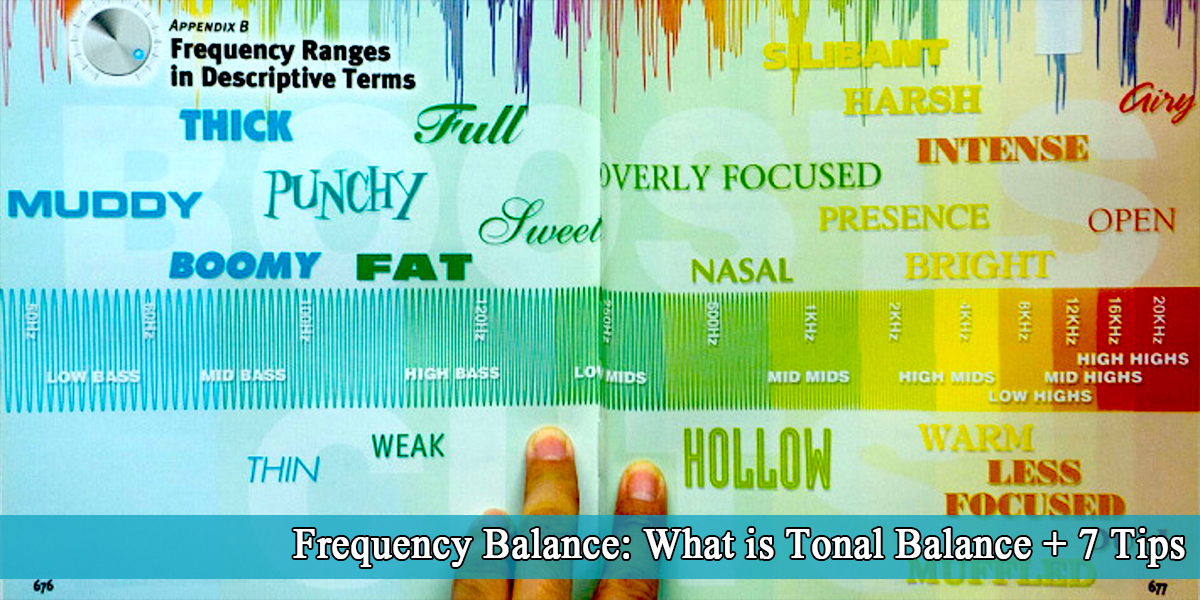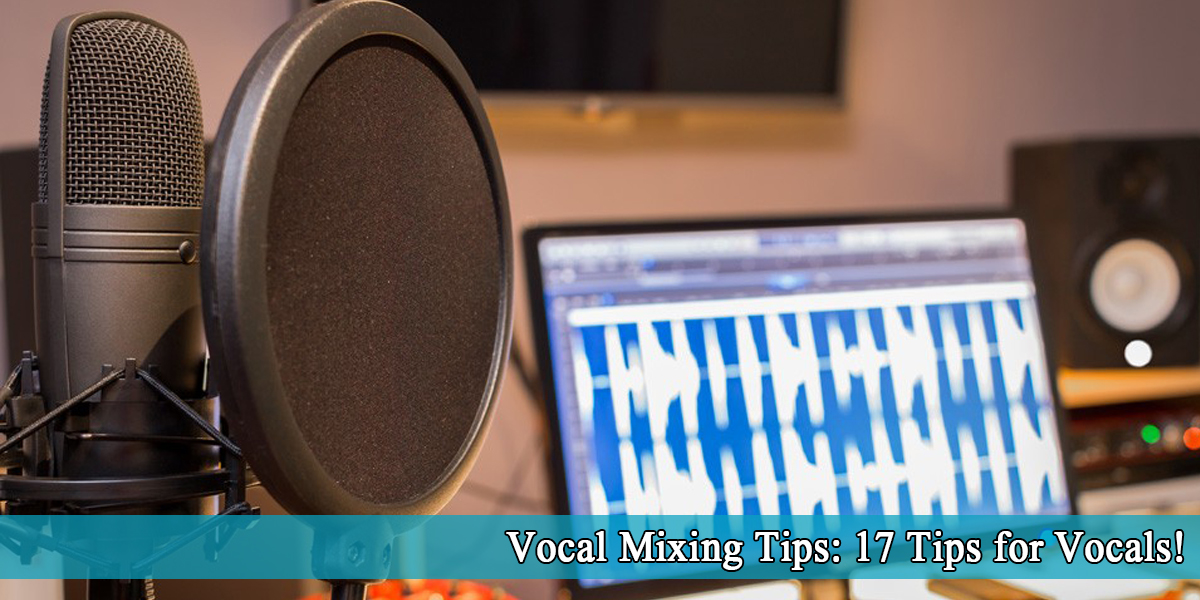How to Use Reference Tracks
Introduction
Everyone in music production knows that reference tracks are essential for tuning your ears to a listening environment. While some classic songs will never go out of style, it’s important to keep adding new tracks to your reference list to reflect changing client preferences.
To find out which tracks are making the cut today, we asked a group of audio professionals about their favorite next-generation reference tracks. The catch: the songs had to be five years old or newer—released in 2015 or later. We also asked for their go-to classic references, which could be from any era.
Producers, mixers, mastering engineers, studio designers, and more—with experience across genres from hip-hop to classical—shared their insights on how they tune in to a sound system. Not only will you discover their favorite tracks, but you’ll also pick up valuable tips on exactly what they listen for to check system accuracy, and why.
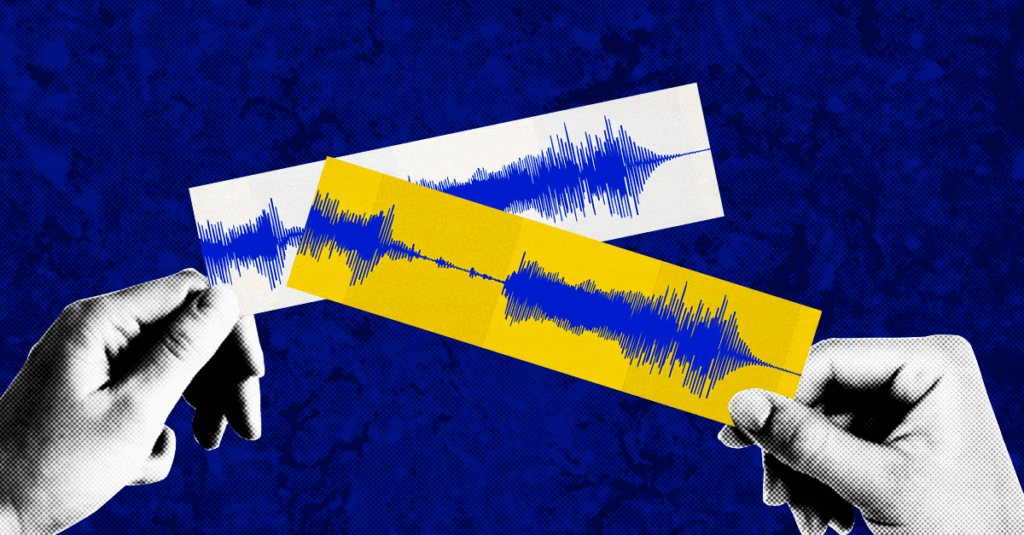
1. Evaluating Your Mix to the Reference Tracks
Now that your tracks are stage-matched, you can start to objectively compare your mix with your reference tracks.
Here are some questions to ask yourself when using reference tracks:
- Are the vocals too loud?
- Is the kick drum too prominent?
- Is the bass too quiet?
- How do the reverb, delays, and other spatial effects compare?
- How does the overall balance stack up against other tracks in the same genre?
- Is the stereo image wide enough?
You might also consider making your mix a bit more dynamic than the mastered reference tracks, to account for any compression and limiting that may be applied during mastering.
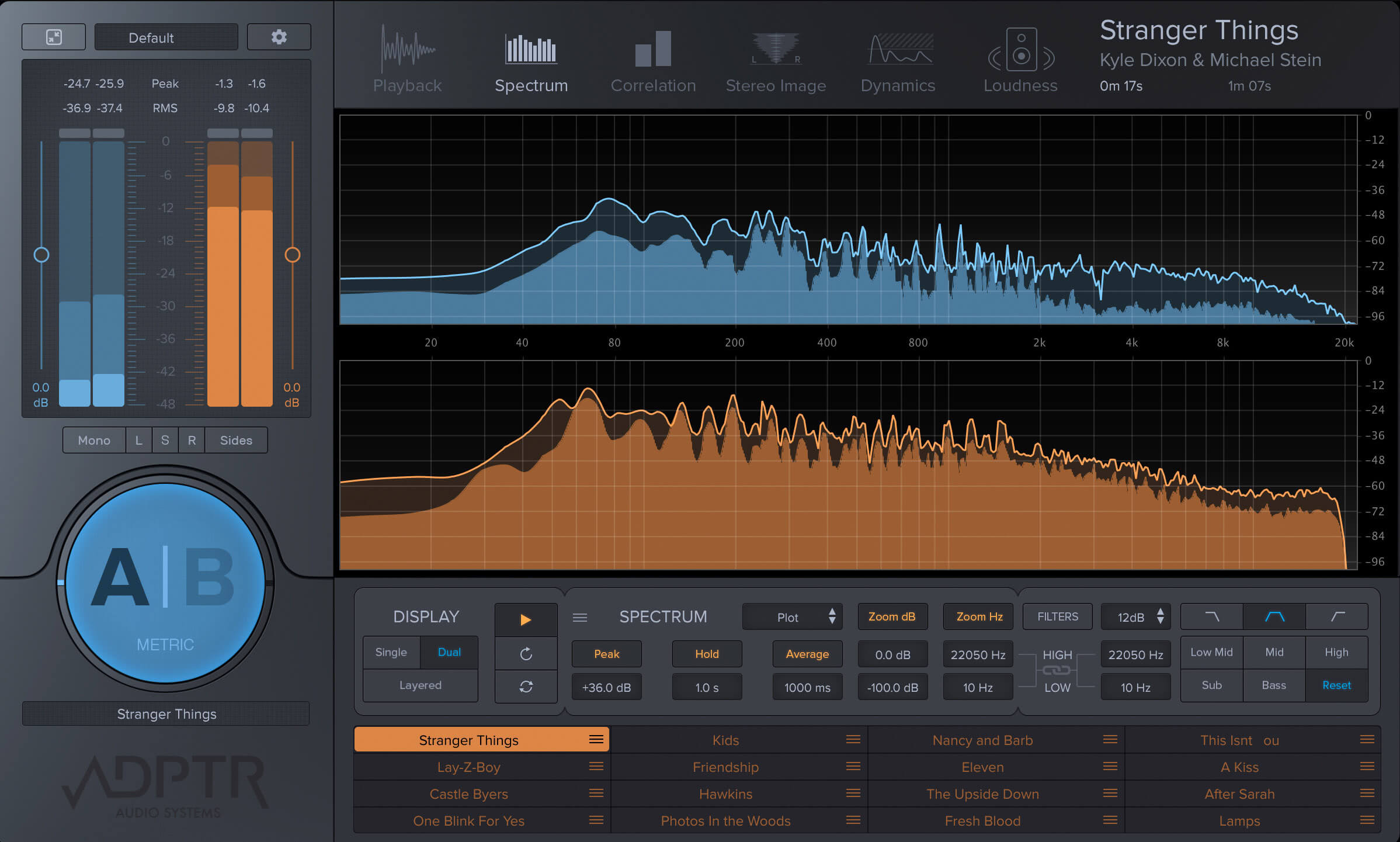
2. Listen All Over the Place
When evaluating my productions against commercial releases, I make sure to listen to each track in as many listening environments and setups as possible.
- Primary monitors (with sub)
- Primary monitors (without sub)
- Sub only (to hear exactly what’s happening in the low end)
- I crank up the volume, step out of my room, and listen to how the music carries throughout my home.
- Several different pairs of headphones
- Laptop speakers
- AirPlay through my home stereo system
- Car speakers
- Phone speakers
- Two sets of large, high-quality studio monitors
There are even more setups I use, but when my productions hold up as well as commercial releases on all these systems, I know I’m in pretty good shape. Honestly, I love listening on my phone to get a sense of balance in commercial tracks, and that’s probably the one thing I really enjoy about using my phone for listening.
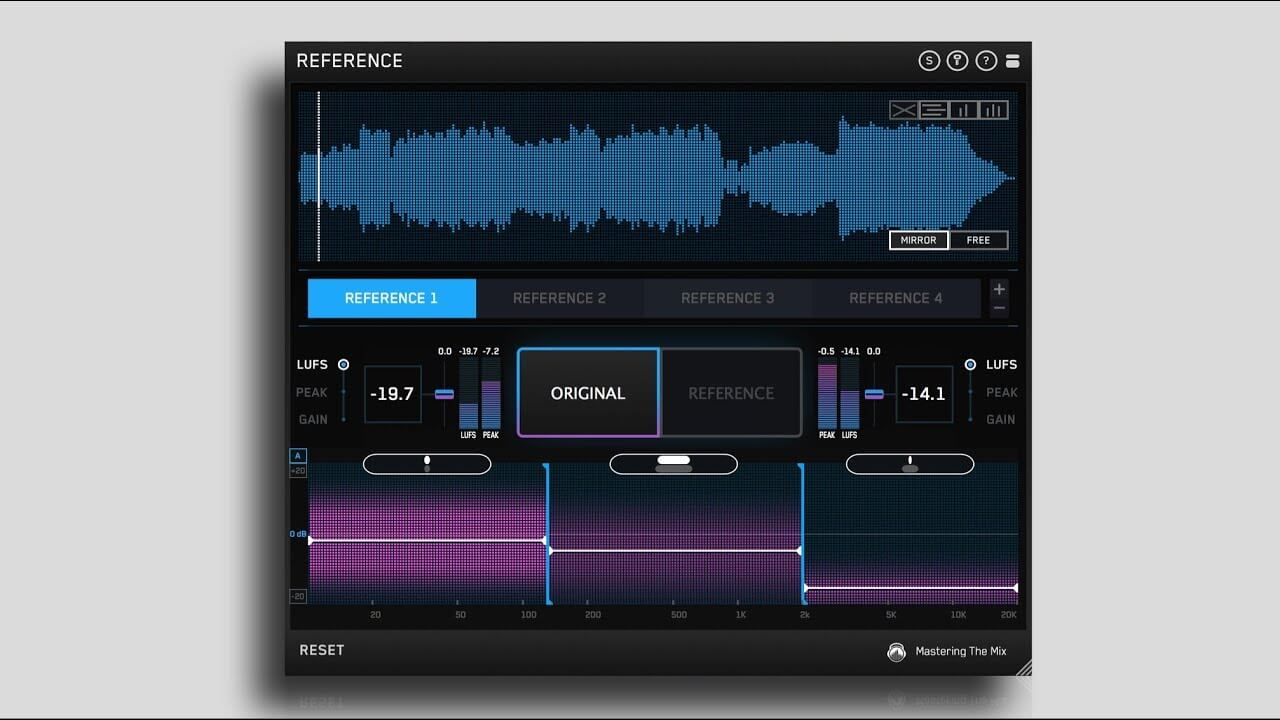
3. Use A Number of References
Just like trying to copy a mix can paint you into a corner, relying on only one reference is extremely limiting. So much of mixing is about perspective, so it’s important to have as many great-sounding references as possible to compare your work against!
Also, don’t hesitate to use your own previous mixes as references. If a track needs a hard-hitting kick drum and you’ve already mixed one that sounds amazing, feel free to revisit your own work.
4. Guidelines for Using a Correct Reference
Always start by using a top-quality reference mix. If you compare your mix to a track that already sounds bad, you won’t get any useful feedback.
Don’t use MP3s – It’s not enough to just listen to one of your favorite songs and compare it. You need a high-quality version of the track. Avoid MP3s, AACs, or any other compressed audio formats.
Only use lossless WAV, AIFF, or better. Usually, the best master is the final step in professional production, so only high-quality audio will give you an accurate comparison.
Know your reference mix well. Make sure you’re familiar with the reference track and how it sounds on your system and others. Choose something you know and feel comfortable with.
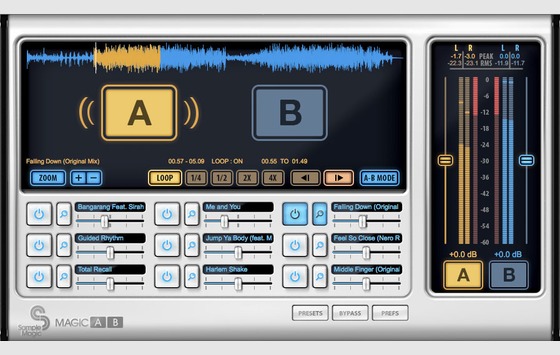
5. But Won’t Reference Tracks Make Me Much less Artistic?
The purpose of referencing isn’t to perfectly match every aspect of your reference track. Instead, it’s about gathering information that helps guide you in the right direction.
Mixing is both a science and an art. Logic and creativity come together in every finished project. You’ll need your logical side to build a strong foundation for your mix. Making sure each element is balanced isn’t a creative decision—it’s a necessary step that needs to be done.
Once your mix is balanced, you’re free to make all the creative choices you want.
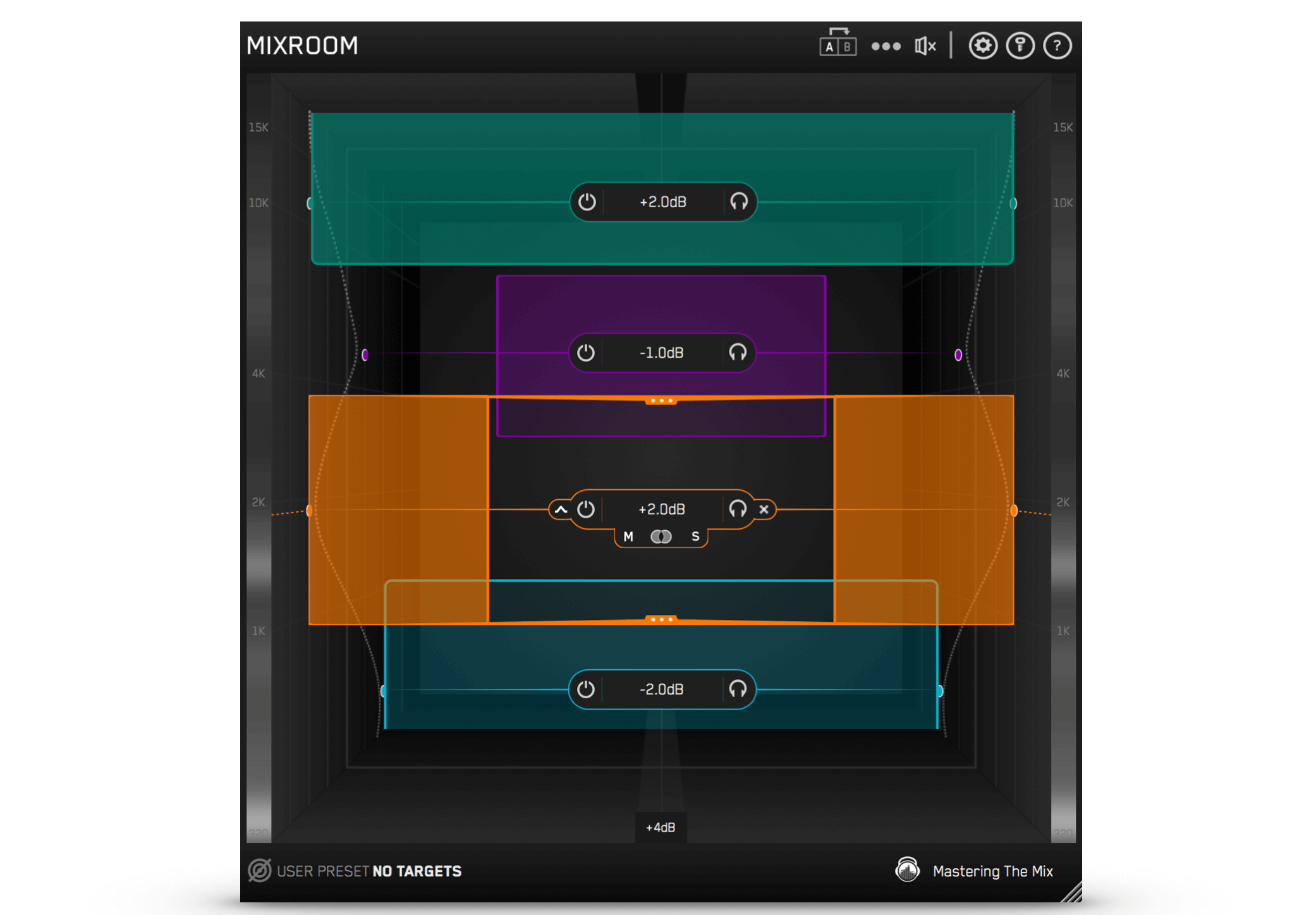
Conclusion
As we’ve discussed before, reference tracks are most useful for guiding the biggest decisions in your mix—like overall balance and tonality. They help you figure out where the vocal should sit, how the kick and bass work together, and the general range of effects. By using a great reference, you can avoid mixes that are too dark or too bright, too wet or too dry, or unbalanced versus well-balanced.
The most important thing to remember, though, is not to copy the reference track exactly. Your mix will have its own character based on how it was recorded and many other factors, so it’s important to let the mix develop naturally. Often, the project itself will show you how it wants to be mixed, so don’t force it in a direction that doesn’t feel right.
Using reference tracks will give you a clearer sense of how your work compares to finished songs and help you steer your mix in the right direction

